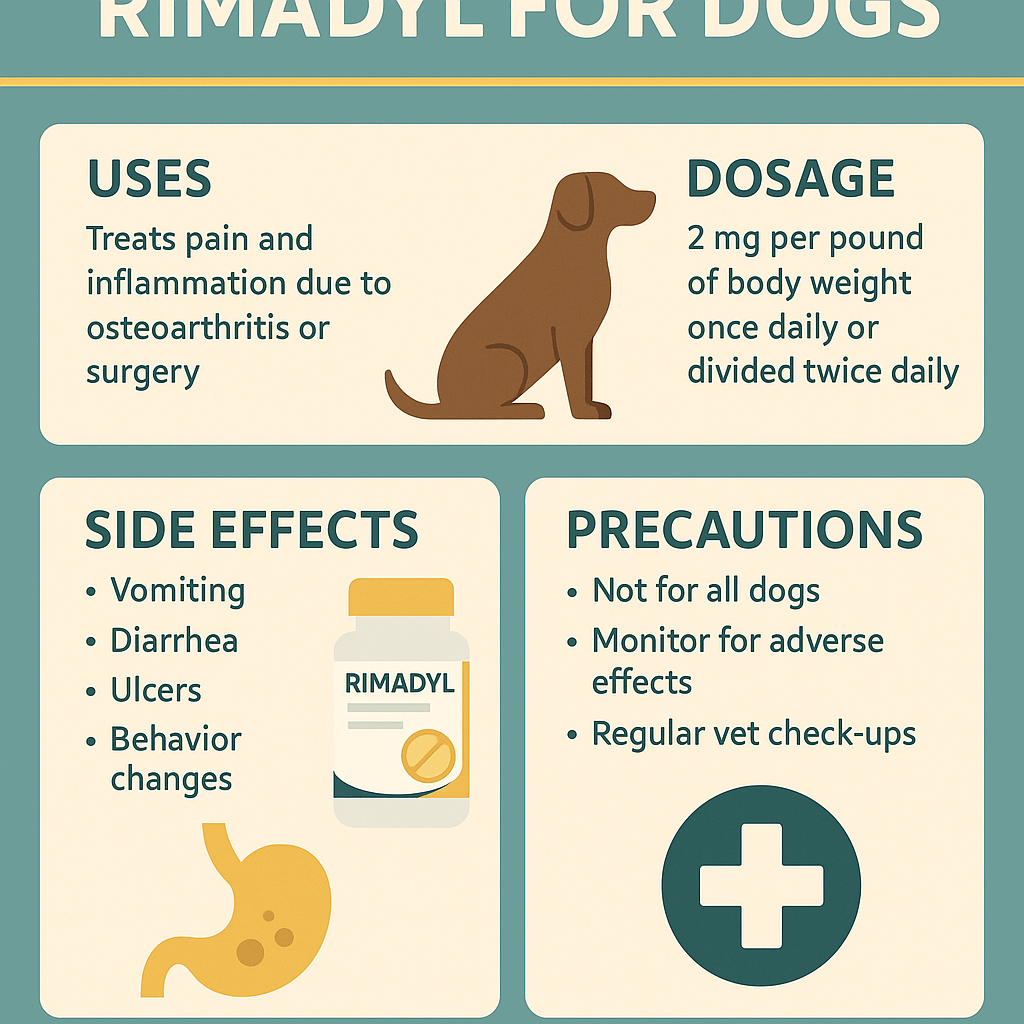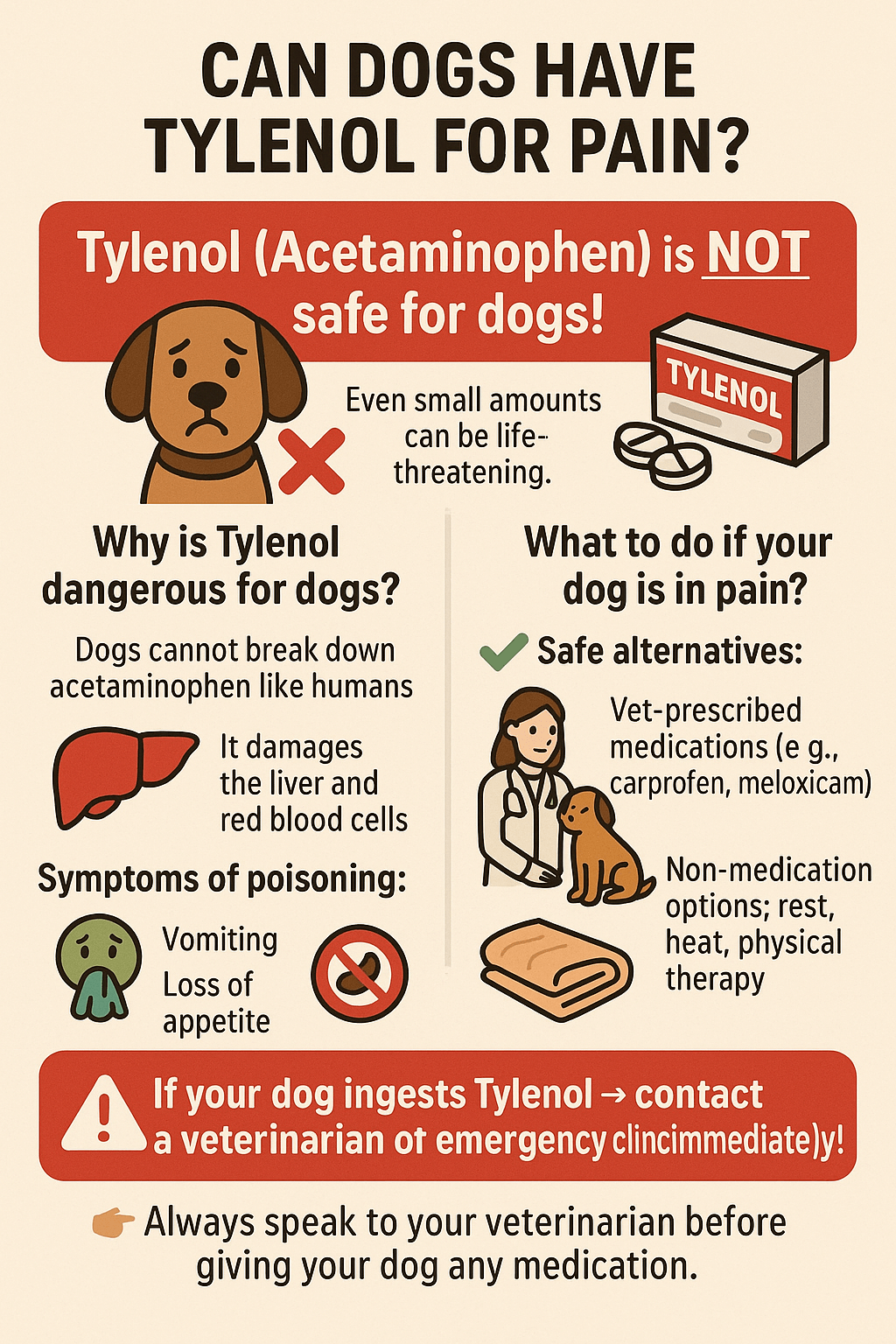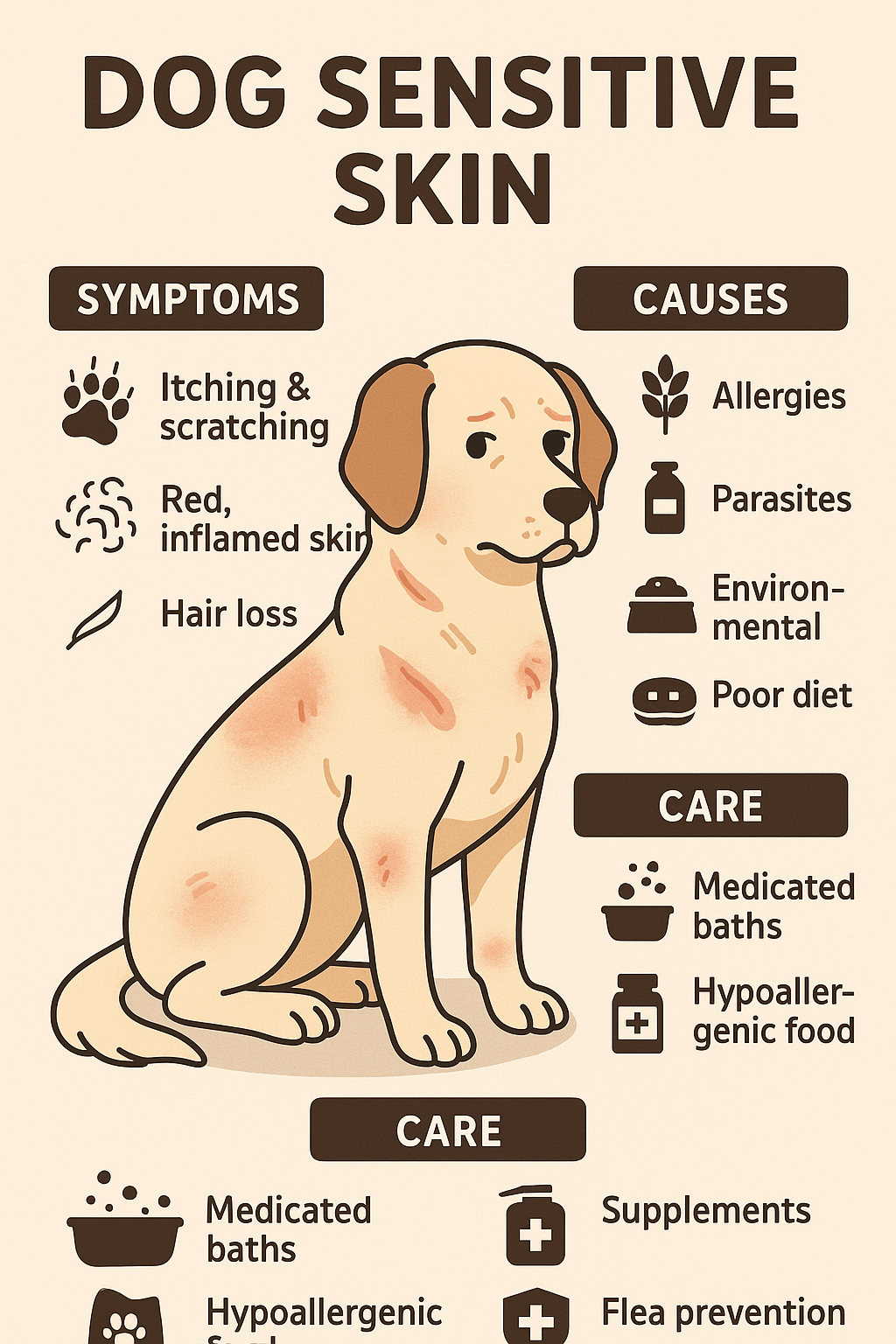Does My Dog Know When Im Sad?
Dogs are often referred to as “man’s best friend,” and for good reason. Their loyalty, companionship, and seemingly intuitive understanding of human emotions make them irreplaceable members of our families. But have you ever wondered if your dog can truly sense when you’re feeling down? Many pet owners report that their dogs seem to know exactly when they’re sad, offering comfort in ways that feel almost human-like. In this blog post, we’ll explore the fascinating bond between humans and dogs, delve into scientific insights, and uncover how your furry friend might just be more perceptive than you think.
How Dogs Perceive Human Emotions
Dogs have lived alongside humans for thousands of years, evolving to become highly attuned to our behaviors and emotions. Here’s a closer look at how they interpret our feelings:
Body Language:
Dogs are masters at reading non-verbal cues. A slouched posture or slow movements might signal sadness to your pup.Facial Expressions:
Studies suggest that dogs can recognize human facial expressions, including those associated with sadness, happiness, or anger.Tone of Voice:
Your dog listens not just to what you say but how you say it. A softer or quieter tone might indicate emotional distress.Routine Changes:
If your daily habits shift—like skipping walks or meals—your dog may pick up on these changes and associate them with your mood.Scent Detection:
Believe it or not, dogs can detect hormonal changes through their incredible sense of smell, which could clue them into your emotional state.
Understanding these factors highlights just how deeply connected dogs are to their human companions. It’s no wonder they often respond with empathy when we’re feeling low.
Signs That Your Dog Knows You’re Sad
When you’re feeling down, your dog might exhibit specific behaviors that show they understand your emotional state. Here are some common signs:
Cuddling Up to You:
Many dogs will physically get closer to their owners when they sense sadness, offering warmth and comfort.Licking or Nudging:
These gentle actions are often interpreted as gestures of affection and reassurance from your dog.Staying by Your Side:
Instead of wandering off, your dog might choose to stay near you, keeping watch over you silently.Bringing Toys or Items:
Some dogs bring their favorite toys or objects to cheer you up, almost like an attempt to distract you from negative feelings.Whining or Vocalizing:
In certain cases, dogs may whine softly or vocalize in response to your sadness, showing concern.
These behaviors demonstrate the depth of your dog’s emotional intelligence and their innate desire to support you during tough times.
Check this guide 👉Why Does My Dog Eat So Fast? Best 7 Health Tips!
Check this guide 👉Why Does My Dog Hide Food? Best 7 Behavior Tips!
Check this guide 👉Why Does My Dog Sit With His Back to Me? Best 7 Tips!

Ways Dogs Show Empathy | Scientific Explanations Behind It |
|---|---|
Cuddling | Dogs seek physical closeness to bond. |
Licking | Licking releases oxytocin in both species. |
Staring into Your Eyes | Eye contact strengthens emotional bonds. |
Following You Around | Pack mentality drives protective instincts. |
Bringing Objects | Mimics play behavior meant to comfort. |
The Science Behind Dogs’ Emotional Intelligence
Research has increasingly shown that dogs possess a remarkable ability to read human emotions. Let’s take a look at some findings:
Brain Studies:
MRI scans reveal that dogs process emotional tones similarly to humans, activating areas linked to emotion and memory.Hormonal Responses:
Interacting with humans triggers oxytocin release in dogs, enhancing their attachment and sensitivity to our moods.Cross-Species Bonding:
Scientists believe domestication has strengthened dogs’ capacity to interpret human signals accurately.Empathy Tests:
Experiments show that dogs react differently to crying versus talking, suggesting they can distinguish emotional states.Learning Through Observation:
Dogs learn from repeated interactions, becoming better at predicting and responding to human needs over time.
These studies provide compelling evidence that dogs aren’t just reacting randomly—they genuinely care about us.
Tips to Strengthen Your Bond with Your Dog
Building a strong connection with your dog enhances their ability to understand and respond to your emotions. Try these tips:
Spend Quality Time Together:
Engage in activities like walks, training sessions, or simply relaxing together to deepen your relationship.Use Positive Reinforcement:
Reward your dog for comforting behaviors to encourage them to continue supporting you.Practice Consistent Communication:
Be clear and consistent with commands and body language to help your dog understand you better.Pay Attention to Their Needs:
Just as dogs notice your emotions, reciprocate by being attentive to theirs.Create Shared Routines:
Establish predictable routines so your dog feels secure and connected to you.
By nurturing this bond, you’ll create a mutually supportive partnership that benefits both of you.
The Role of Breed in Emotional Sensitivity
Not all dogs are the same when it comes to emotional sensitivity. Certain breeds may be more attuned to human emotions due to their history and purpose. Here’s a breakdown of how breed can influence this ability:
Herding Breeds:
Breeds like Border Collies and Australian Shepherds are known for their high intelligence and attentiveness, making them particularly responsive to human cues.Companion Breeds:
Dogs bred specifically for companionship, such as Cavalier King Charles Spaniels, often excel at reading emotions due to their close bonds with humans.Working Dogs:
Breeds like German Shepherds and Labrador Retrievers are trained to work closely with people, enhancing their ability to interpret subtle emotional signals.Smaller Toy Breeds:
While smaller dogs may not have the same physical presence, they often form intense emotional attachments, making them highly empathetic.Independent Breeds:
Some breeds, like Basenjis or Shiba Inus, may be less reactive to emotions due to their independent nature, though they still show care in their own way.
Understanding your dog’s breed-specific traits can provide insight into how they perceive and respond to your emotions. Every dog is unique, but their heritage plays a significant role in shaping their behavior.
How Environment Shapes Your Dog’s Empathy
A dog’s environment and upbringing play a crucial role in developing their ability to sense and respond to human emotions. Here’s how different factors contribute to their emotional intelligence:
Early Socialization:
Puppies exposed to diverse environments and people during their critical socialization period tend to be more emotionally perceptive as adults.Positive Reinforcement Training:
Training methods that reward calm and supportive behaviors encourage dogs to respond empathetically in various situations.Living with Multiple Pets:
Dogs raised alongside other animals often develop stronger observational skills, which can translate into better emotional awareness.Exposure to Human Emotions:
Dogs who regularly witness a range of human emotions—joy, anger, sadness—are more likely to recognize and react appropriately to these states.Consistent Routine:
A stable home environment helps dogs feel secure, allowing them to focus on understanding and responding to their owner’s moods.
Your dog’s surroundings shape their ability to connect with you emotionally. By fostering a nurturing and consistent environment, you enhance their natural empathy.
Misconceptions About Dogs and Human Emotions
While dogs are incredibly intuitive, there are some common misconceptions about how they perceive human emotions. Let’s clarify these misunderstandings:
Dogs Don’t “Feel” Sadness Like Humans Do:
Although dogs can detect sadness, their emotional experiences differ from ours—they don’t ruminate or process feelings in the same way.Not All Comforting Behaviors Are Intentional:
Sometimes, dogs seek proximity out of habit or curiosity rather than a deliberate attempt to comfort.Dogs Aren’t Mind Readers:
Despite their intuition, dogs rely on observable cues like body language and tone; they can’t inherently know what you’re thinking.Every Dog Responds Differently:
Just because one dog offers comfort doesn’t mean another will behave the same way—even within the same household.Training Enhances Natural Abilities:
Without proper guidance, even the most empathetic dog might not fully understand how to respond to human emotions.
By addressing these misconceptions, we gain a clearer picture of how dogs truly interact with our emotions. While they may not grasp everything we feel, their efforts to support us remain heartwarming and genuine.
FAQ
Can all dogs sense sadness?
While most dogs have the ability to detect sadness, individual differences exist based on breed, personality, and past experiences.
Do dogs feel empathy like humans do?
Yes, research shows that dogs display empathetic behaviors, though their experience of emotions may differ slightly from ours.
What should I do if my dog seems anxious when I’m sad?
Provide reassurance and maintain a calm demeanor to avoid amplifying their stress.
Is there a limit to how much dogs can understand?
While dogs are highly perceptive, their understanding is limited to observable cues and doesn’t extend to complex thoughts.
Can training improve my dog’s emotional awareness?
Absolutely! Training helps reinforce positive behaviors and strengthens communication between you and your dog.
The Unbreakable Bond Between Humans and Dogs
There’s no denying the profound connection shared between humans and dogs. Whether it’s sensing sadness, offering comfort, or simply being present during life’s ups and downs, dogs enrich our lives in countless ways. Understanding their unique abilities to perceive and respond to our emotions only deepens our appreciation for these loyal companions. So the next time you find yourself feeling blue, remember that your dog is likely right beside you, ready to offer unconditional love and support. After all, isn’t that what makes them truly special?
Rimadyl for Dogs: Best 7 Expert Tips! Discover expert advice on using Rimadyl safely, managing pain, and improving your dog’s mobility with trusted veterinary insights.
Can Dogs Have Tylenol for Pain? Best 7 Expert Tips! Discover the risks, safe alternatives, and expert advice on managing your dog’s pain effectively while avoiding harmful medications.
Understanding Hemophilia in Dogs: Best 7 Expert Tips! Discover expert advice on managing hemophilia, recognizing symptoms, and ensuring your dog’s well-being with practical care strategies.
Understanding Dog Sensitive Skin: Best 7 Expert Tips! Discover expert advice on managing dog sensitive skin, relieving irritation, and improving your pup’s comfort with practical solutions.





